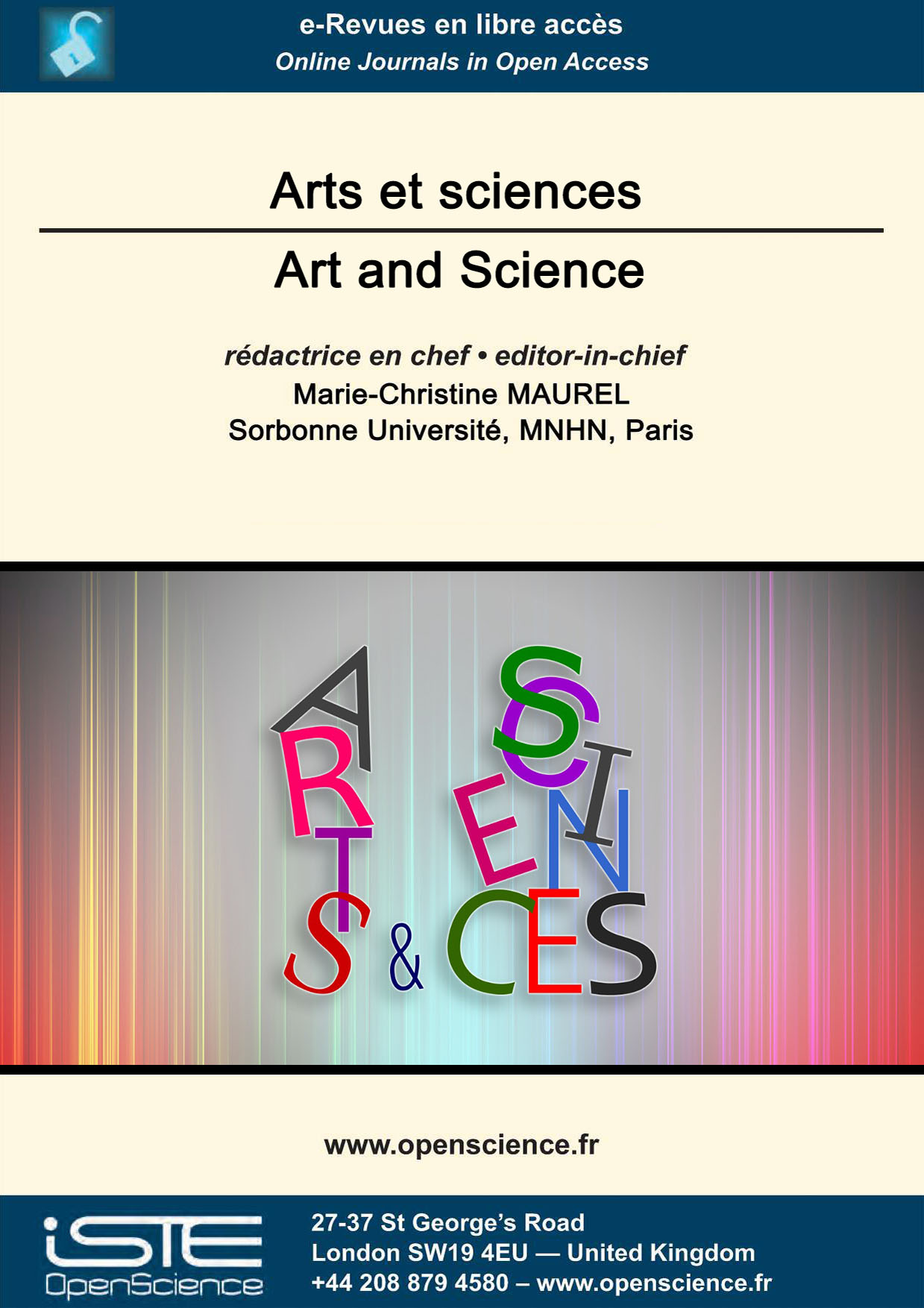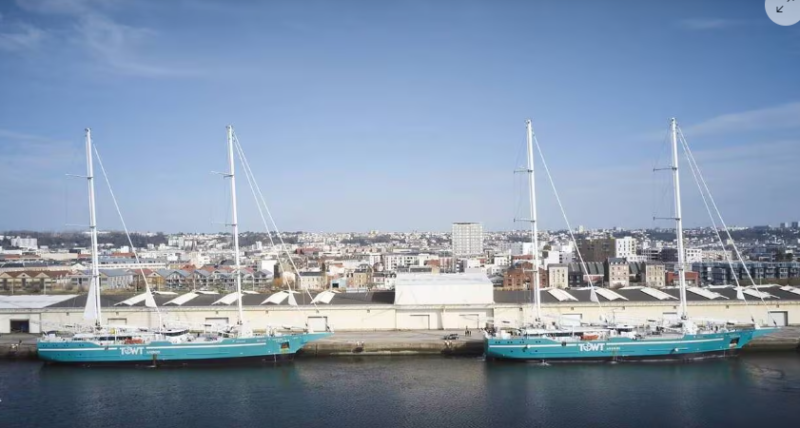Art & Science, Tradition & Modernity on the Côte d’Azur: Special Issue for the United Nations Ocean Conference (UNOC)
Christian Sardet
This special issue highlights the convergence of art and science on the Côte d’Azur, coinciding with the 3rd United Nations Ocean Conference (UNOC) and the One Ocean Science Congress (OOSC), held in Nice in June 2025. It traces the region’s rich naturalist and scientific heritage while showcasing contemporary cultural initiatives such as the Ocean Arts Biennale. This dossier pays tribute to historical figures, pioneering marine biologists, and current researchers who contribute to better understanding and preserving the oceans.
June 2025: Nice, Capital of the Ocean
Jean-Pierre Gattuso, François Houllier
We emphasize the ocean’s crucial role for planetary health, economic prosperity, and human well-being, while highlighting urgent threats it faces: climate change, pollution, overfishing, and inadequate governance. The One Ocean Science Congress (OOSC) and the 3rd United Nations Ocean Conference (UNOC3), taking place in June 2025 in Nice, are presented as key events to advance ocean sustainability through science-based policies, innovation, and international cooperation. The OOSC will deliver scientific recommendations to heads of states and governments, while two other high-level forums—the Summit on Sea Level Rise and Coastal Resilience, and the Blue Economy and Finance Forum—will address coastal adaptation and sustainable investment, respectively. These efforts will culminate in the Nice Ocean Action Plan, structured around a political declaration, voluntary commitments, and strategic priorities focused on strengthening multilateral processes, mobilizing finance, and enhancing scientific knowledge to advance Sustainable Development Goal 14 and ensure a resilient, prosperous ocean for future generations.
Navigating Creativity: Art in Motion
Myriam Thomas
Science and knowledge have always inspired artists. The Tara Ocean Foundation collaborates closely with artists and organizes exhibitions to offer a fresh perspective on its scientific expeditions and the ocean. Through artistic residencies aboard the schooner and polar station, artists capture and reinterpret the ocean’s richness, scientific research, and daily life behind the scenes through their unique visions and creativity. The aim is to raise public awareness of the ocean’s beauty and importance.
Ernst Haeckel’s Radiolarians and Jellyfish: Influence of His Visits to Villefranche-sur-Mer on His Science and Art
John R. Dolan
Early in his career, Ernst Haeckel (1834–1919) visited Villefranche-sur-Mer twice: first as a student in 1856 on a sampling trip to Nice, then again in 1864 when his parents sent him to Nice to recover from the premature death of his first wife. These visits were pivotal in the development of Haeckel’s science and art, particularly regarding radiolarians and jellyfish. In 1856, he observed living radiolarians—microscopic planktonic protists—which became the subject of his 1862 monograph that made him famous. During his 1864 stay, he conducted detailed observations on jellyfish development and morphology, later producing monumental monographs such as the Challenger Reports. Haeckel’s artistic renown largely stems from his book Kunstformen der Natur, heavily featuring illustrations of radiolarians and jellyfish, highlighting the profound influence of his Villefranche visits on his art.
On the Works of Albanis Beaumont (1747–1810): A Major Contribution to Establishing the Nice Region as a Premier Destination
John R. Dolan
Through his illustrated books, Albanis Beaumont was among the first to establish the Nice region—now known as the Côte d’Azur—as a coveted destination for Britain’s wealthy and curious. His large-format works featured attractively detailed countryside scenes and coastal views, accompanied by texts covering ancient and natural history topics of aristocratic interest. Though famous in his day, Beaumont is now largely forgotten except among rare book collectors. This article presents a brief account of Beaumont’s and his artistic collaborator Cornelius Apostool’s lives, followed by an exhibition of his regional views, accompanied by notes on their historical reception. Featured works include Voyage historique et pittoresque du comté de Nice (1787), Select Views of the South of France with Topographical and Historical Descriptions (1794), Travels through the Maritime Alps from Italy to Lyon across the Col de Tende, by the way of Nice, Provence, Languedoc, etc. (1795), and an unauthorized anonymous English translation of the 1787 work titled An Historical and Picturesque Description of the County of Nice (1792).
Two Centuries of Arts and Sciences in Nice and Villefranche-sur-Mer: 1) The Ancients: 1800 to 1900
Christian Sardet
This article recounts the evolution of knowledge on the flora and fauna of the Nice region, especially pelagic fauna. In the 1800s, Antoine Risso, Jean Gabriel Prêtre, François Péron, and Alexandre Lesueur described and painted flowers, fish, and marine invertebrates. Mid-century, local naturalist Jean Baptiste Vérany welcomed German and Swiss scientists—Johannes Müller, Rudolf Leuckart, Ernst Haeckel, and Carl Vogt—who influenced biology research in the region through illustrated descriptions of previously little-known organisms like siphonophores and radiolarians. In the 1880s, Hermann Fol, Jules Barrois, and Alexis Korotneff founded a marine station in Villefranche-sur-Mer, now renowned for plankton studies. From the mid-19th century, the Nice Natural History Museum expanded its collections with contributions from Risso, Vérany, and Jean Baptiste Barla, supported by talented painter and illustrator Vincent Fossat. By the century’s end, the region attracted English and Russian aristocrats, biologists, and impressionist painters. A companion article (Sardet 2024/2 The Moderns – 1970 to 2024) shows that organisms studied in the 19th century remain research subjects at the Villefranche Marine Institute (IMEV).
Two Centuries of Arts and Sciences in Nice and Villefranche-sur-Mer: 2) The Moderns: 1960 to 2024
Christian Sardet
In a complementary article (Sardet 2024/1 The Ancients: 1800 to 1900), we traced the history of pelagic fauna exploration in the Nice region. Here, we examine how scientific research in cell and molecular biology and developmental physiology evolved at the Villefranche Marine Station over a century later. While plankton biology and ecology remain dominant and contributed to the growth of the Villefranche Oceanography Laboratory (LOV), from the 1960s new teams studying fish and protist physiology joined the station. In the 1980s, a CNRS research group gradually became today’s Developmental Biology Laboratory (LBDV). We describe how imaging and molecular cell biology techniques allowed analysis of oogenesis, fertilization, and development in sea urchins, tunicates, ctenophores, cnidarians, and other marine organisms, some already studied by the station’s 19th-century founders and visitors. We highlight new model organisms— the ascidian Phallusia, the appendicularian Oikopleura, and the hydrozoan jellyfish Clytia—developed on site, and detail researchers’ efforts to disseminate discoveries through photography, drawing, exhibitions, and aesthetic websites.
The International University of the Sea, Arts and Sciences
Jean-Eric Aubert
This article stresses the importance of combining scientific and artistic approaches to raise awareness of ocean issues and develop a marine and maritime culture. The experience of the International University of the Sea, based on the Côte d’Azur, illustrates this. It outlines various ways in which the interplay of arts and sciences fosters ocean acculturation and study. It also highlights the role of this dual scientific-artistic approach in marine and coastal foresight. Acculturation and foresight are essential to meet the long-term challenges posed by ocean transformations, as emphasized by UNOC3.




